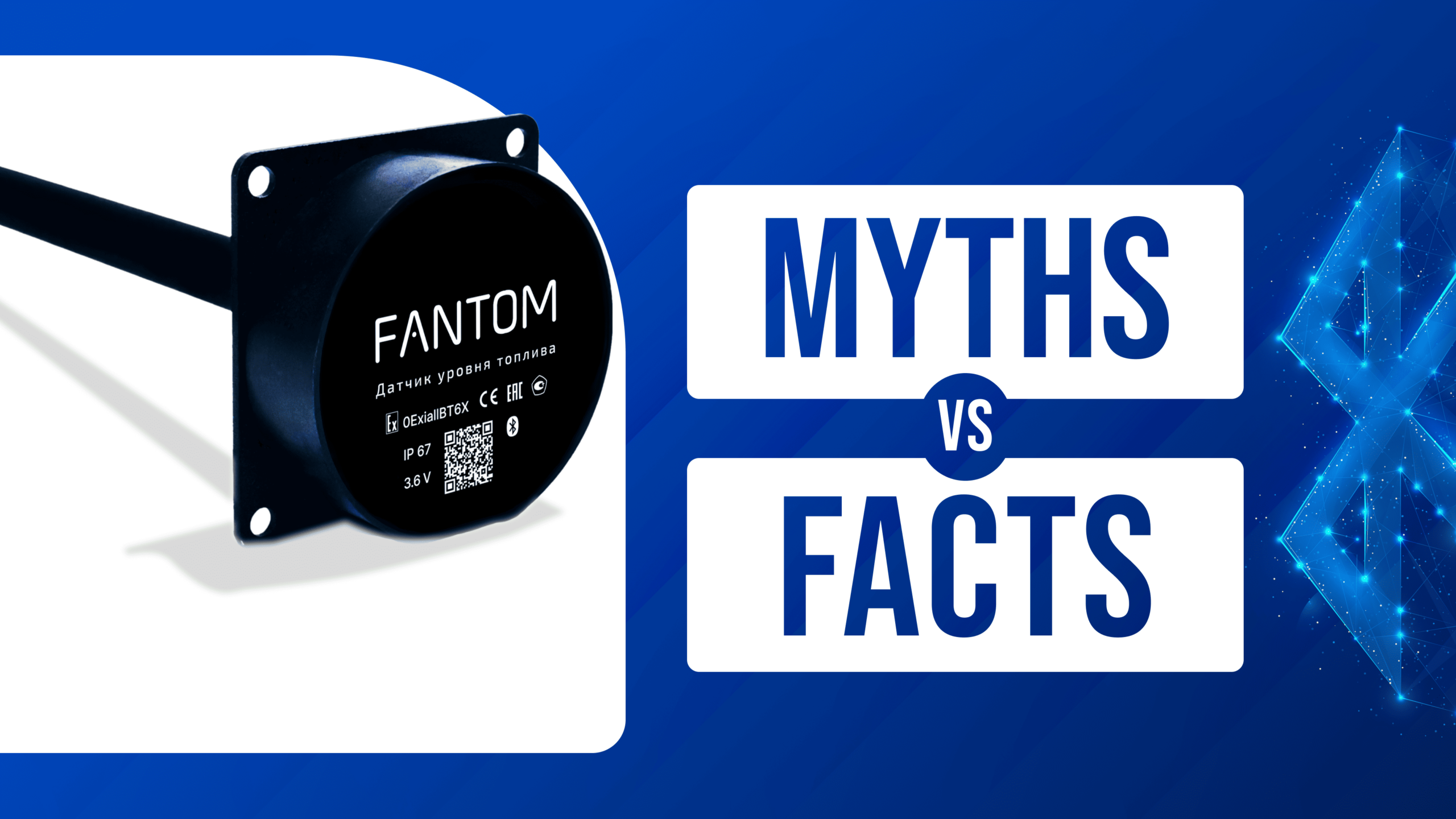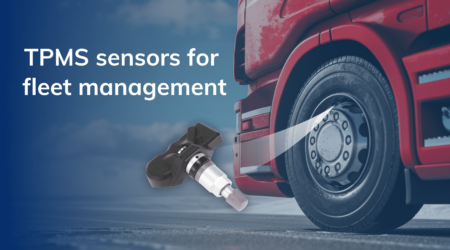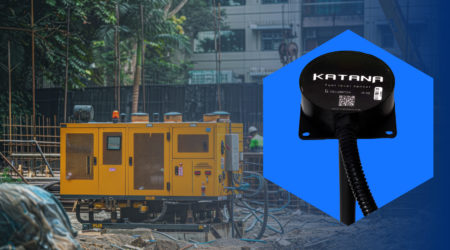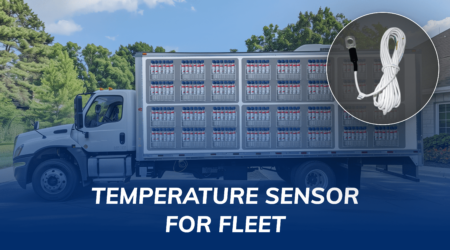Myths and Facts about Bluetooth Fuel Level Sensors

Imagine you manage a fleet of vehicles or oversee large operation where fuel use is critical. You’ve likely heard about Bluetooth fuel level sensors but might be unsure if they’re worth the investment. With so much information available, it’s easy to get mixed up and confused. Today, let’s clear up some common myths and facts about these sensors, so you can make an informed decision.
Myth: Bluetooth Fuel Level Sensors Are Inaccurate
Some people think Bluetooth fuel level sensors aren’t as accurate as traditional wired sensors. They worry that these sensors might give inconsistent readings or miss small changes in fuel levels, which could lead to problems in managing fuel efficiently.
Fact:
The truth is that modern Bluetooth fuel level sensors are very accurate. They use advanced technology to provide reliable readings, often matching or even exceeding the accuracy of wired sensors. Furthermore, these sensors are tested thoroughly to ensure they detect even small changes in fuel levels, making them a dependable choice for any business.
Myth: They Are Difficult to Install and Use
Another common concern is that Bluetooth fuel level sensors are hard to install and use, requiring special skills or equipment.
Fact:
In reality, these sensors are designed to be user-friendly. Most of them come with simple installation instructions and can be set up with basic tools in just a few minutes. After installation, they are easy to use, with intuitive controls accessible through mobile apps or computer software. This means you don’t need to be a tech expert to take advantage of their features.
Myth: Bluetooth Sensors Have Limited Range and Connectivity
Some believe that Bluetooth sensors can only send data over short distances, which might not be enough for large operations or for tracking multiple vehicles.
Fact:
Bluetooth technology has come a long way. Modern Bluetooth fuel level sensors can transmit data over significant distances, depending on the environment and the specific model. Additionally, they can often connect to gateways or central systems, allowing you to monitor your data remotely, no matter how far away the sensors are.
Myth: They Are Not Suitable for All Types of Fuel
There’s a myth that Bluetooth fuel level sensors can only be used with certain fuels, which limits their use across different industries.
Fact:
Actually, these sensors are quite versatile. They work with a wide range of fuels, including diesel, gasoline, and kerosene. They prove invaluable across various industries, such as transportation and agriculture, where a variety of fuels are frequently utilized.
Myth: They Are Expensive and Not Cost-Effective
Many people think that Bluetooth fuel level sensors are too expensive and don’t provide enough benefits to justify the cost.
Fact:
While it’s true that the initial cost might be higher than traditional sensors, they offer long-term savings. They provide real-time data, which helps reduce the need for manual checks and can prevent fuel theft. Over time, these savings can more than make up for the initial investment, making them a smart and cost-effective choice for businesses.
Conclusion: Embracing the Facts
As we’ve explored these myths and facts, it’s clear that Bluetooth fuel level sensors are a reliable and efficient solution for managing fuel. By addressing these common misconceptions, we hope to provide a clearer understanding of how these sensors can benefit your business. Whether you’re in logistics, agriculture, or another industry, understanding the true value of these sensors can lead to better fuel management and overall efficiency.



